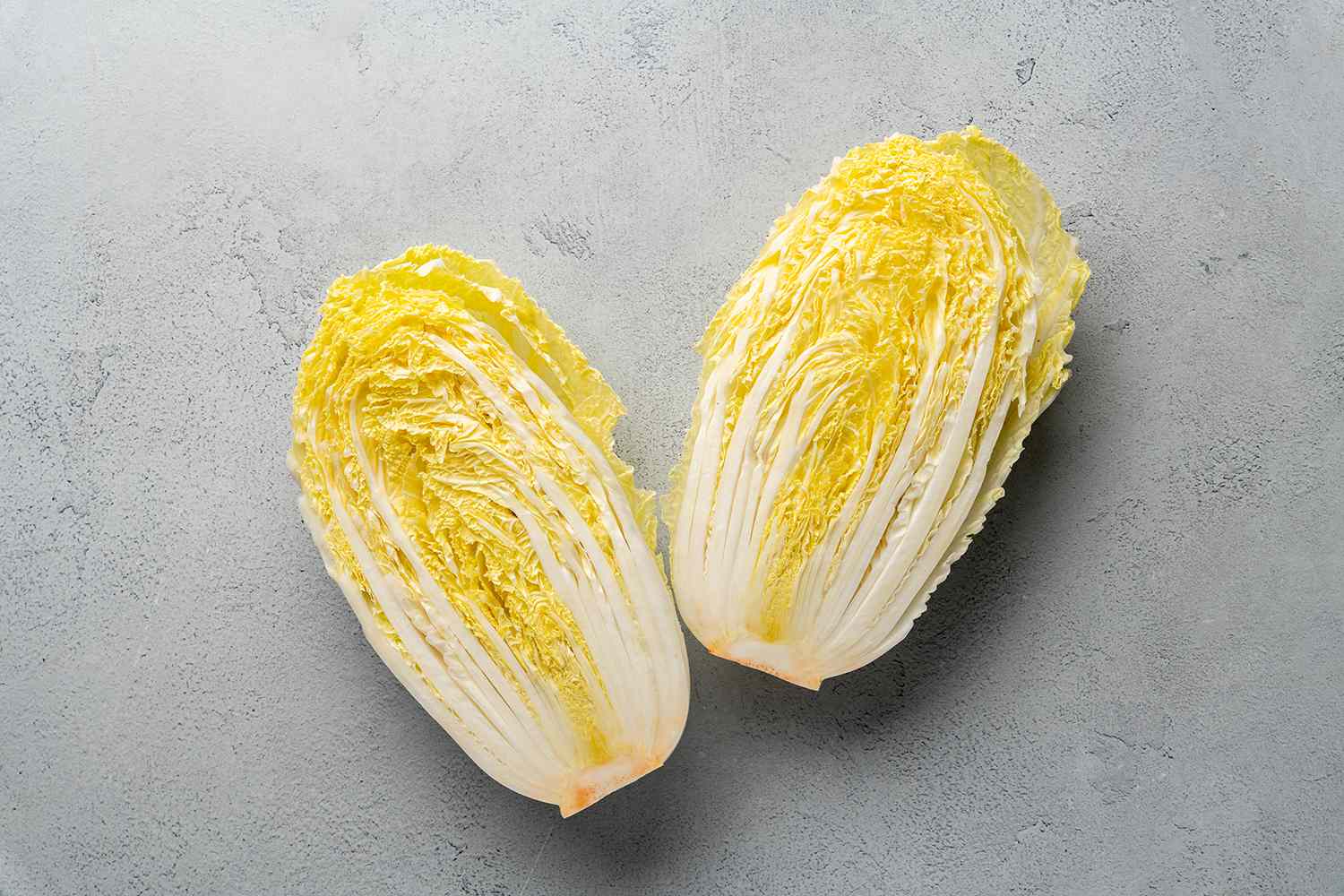
Did you know that Chinese cabbage, also known as Napa cabbage, is a staple in Asian cuisine? This leafy green packs a punch with its crisp texture and mild flavor. Originating from China over 1,500 years ago, it has become a favorite worldwide. But what makes Chinese cabbage so special? For starters, it's incredibly versatile. You can use it in salads, soups, stir-fries, and even kimchi. Plus, it's loaded with nutrients. High in vitamins A, C, and K, it also offers a good dose of fiber and antioxidants. Want to grow your own? Chinese cabbage is relatively easy to cultivate, thriving in cool weather. Intrigued yet? Stick around to learn 30 fascinating facts about this amazing vegetable!
Key Takeaways:
- Chinese cabbage, also known as Napa cabbage, is a nutrient-rich and low-calorie vegetable that promotes hydration and aids in digestion. It's versatile in cooking and offers numerous health benefits, including bone and heart health.
- Growing Chinese cabbage is easy and fun! It prefers cool weather, well-drained soil, and consistent moisture. Plus, it symbolizes prosperity in Chinese culture and has a rich culinary history.
What is Chinese Cabbage?
Chinese cabbage, also known as Napa cabbage, is a popular vegetable in many Asian cuisines. It's known for its mild flavor, crunchy texture, and versatility in cooking. Let's dive into some fascinating facts about this leafy green.
-
Origin: Chinese cabbage originated in the Beijing region of China over 1,000 years ago.
-
Varieties: There are two main types of Chinese cabbage: Napa cabbage and Bok Choy. Napa cabbage has a more elongated shape, while Bok Choy has dark green leaves and white stalks.
-
Nutrient-Rich: This vegetable is packed with vitamins and minerals, including vitamin C, vitamin K, and calcium.
-
Low in Calories: Chinese cabbage is low in calories, making it an excellent choice for those looking to maintain a healthy diet.
-
Hydration: With a high water content, it helps keep you hydrated.
Culinary Uses of Chinese Cabbage
Chinese cabbage is incredibly versatile in the kitchen. It can be used in a variety of dishes, from soups to stir-fries.
-
Kimchi: One of the most famous uses of Chinese cabbage is in making kimchi, a traditional Korean fermented dish.
-
Stir-Fries: It is a staple in many stir-fry recipes due to its ability to absorb flavors well.
-
Soups: Often added to soups for its mild flavor and crunchy texture.
-
Salads: Can be eaten raw in salads, providing a refreshing crunch.
-
Steamed: Steaming Chinese cabbage retains its nutrients and enhances its natural sweetness.
Health Benefits of Chinese Cabbage
Eating Chinese cabbage can provide numerous health benefits. Here are some reasons to include it in your diet.
-
Digestive Health: High in fiber, it aids in digestion and prevents constipation.
-
Antioxidants: Contains antioxidants that help fight free radicals in the body.
-
Bone Health: Rich in calcium and vitamin K, which are essential for strong bones.
-
Heart Health: The potassium in Chinese cabbage helps regulate blood pressure.
-
Immune Boost: Vitamin C content boosts the immune system.
Growing Chinese Cabbage
Interested in growing your own Chinese cabbage? It's easier than you might think.
-
Climate: Prefers cool weather and can be grown in spring or fall.
-
Soil: Thrives in well-drained, fertile soil with a pH between 6.0 and 7.5.
-
Spacing: Requires adequate spacing, about 12-18 inches apart, to grow properly.
-
Watering: Needs consistent moisture but avoid waterlogging the soil.
-
Harvesting: Ready to harvest in about 70-90 days after planting.
Fun Facts About Chinese Cabbage
Here are some fun and lesser-known facts about Chinese cabbage that might surprise you.
-
Symbolism: In Chinese culture, it symbolizes prosperity and wealth.
-
Longevity: Can be stored for several months if kept in a cool, dark place.
-
Pest-Resistant: Generally resistant to pests, making it easier to grow organically.
-
Hybrid Varieties: There are hybrid varieties that are bred for specific climates and resistances.
-
Culinary History: Has been used in Chinese cuisine for centuries, dating back to the Ming Dynasty.
Nutritional Breakdown of Chinese Cabbage
Let's take a closer look at the nutritional components of Chinese cabbage.
-
Vitamin A: Supports eye health and immune function.
-
Folate: Essential for DNA synthesis and repair.
-
Iron: Important for blood production and oxygen transport.
-
Magnesium: Helps with muscle and nerve function.
-
Low Sugar: Contains very little sugar, making it suitable for diabetic diets.
The Final Bite
Chinese cabbage is more than just a leafy green. Packed with vitamins and minerals, it’s a nutritional powerhouse. Its versatility in the kitchen makes it a favorite in many dishes, from stir-fries to soups. Plus, it’s low in calories but high in fiber, making it a great choice for those watching their weight.
Growing Chinese cabbage is relatively easy, even for beginners. It thrives in cool weather and can be harvested in just a few months. Whether you’re a seasoned gardener or just starting, adding this vegetable to your garden can be rewarding.
Incorporating Chinese cabbage into your diet can boost your health and add variety to your meals. So next time you’re at the grocery store, grab a head of Chinese cabbage and experiment with new recipes. Your taste buds and body will thank you!
Frequently Asked Questions
Was this page helpful?
Our commitment to delivering trustworthy and engaging content is at the heart of what we do. Each fact on our site is contributed by real users like you, bringing a wealth of diverse insights and information. To ensure the highest standards of accuracy and reliability, our dedicated editors meticulously review each submission. This process guarantees that the facts we share are not only fascinating but also credible. Trust in our commitment to quality and authenticity as you explore and learn with us.


